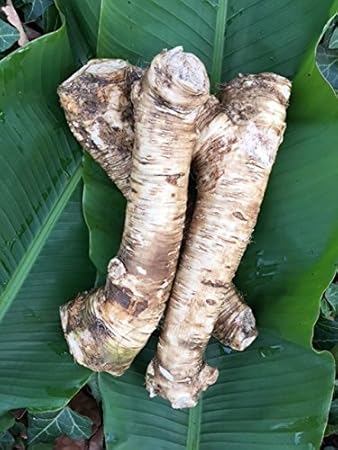
Harvesting horseradish is a lot of work. The roots (the part that is actually used) are very brittle and break easily so it is important to be careful when digging them out. The best way to go about harvesting is to use a small shovel to loosen the dirt around the base of the plants and to pinpoint each of the roots. Removing the leaves from the plant proved to be helpful as there was nothing in the way when I began to dig out the roots (I later turned these into a green mulch for the planter boxes that will be empty for the winter). In general, roots about the size of your thumb or larger are the ones you will want to keep. Horseradish roots grow out horizontally under the soil instead of vertically down which makes them easier to pinpoint. How I went about harvesting the large roots was after pinpointing them I followed them and cleared the dirt around it until I found where the root divided into smaller ones that could not be used and broke it off there. I would then go back and pull out the smaller roots which ultimately went in the compost bin. Harvested roots can also be replanted as it will grow back more for next season.
After all your horseradish is harvested clean it all and lay it out to dry. It is best to then cut it into smaller pieces and if you choose to store it place it in a sealed bag in the freezer. Frozen, horseradish will be good for 4-6 months. But, it can also be used fresh. Grated horseradish can be added to a variety of things from hummus to sandwiches wraps or used to make a fresh sauce. Below is a recipe for a horseradish sauce made using freshly harvested roots. It also has many naturopathic home remedies. Horseradish has been known to clear sinuses in the same way a spicy food would when eaten, making it a commonly used remedy for sinus infections that is safe for longterm use. It has also been used for alleviating arthritis and nerve irritation. So, despite horseradish being a taste not favored by all it can be a very helpful addition to your medicine cabinet.

Recipe:
- 1 cup sour cream.
- 1/4 cup grated fresh horseradish.
- 1 tablespoon Dijon mustard.
- 1 teaspoon white wine vinegar.
- 1/2 teaspoon kosher salt.
- 1/4 teaspoon freshly ground black pepper.
No comments:
Post a Comment